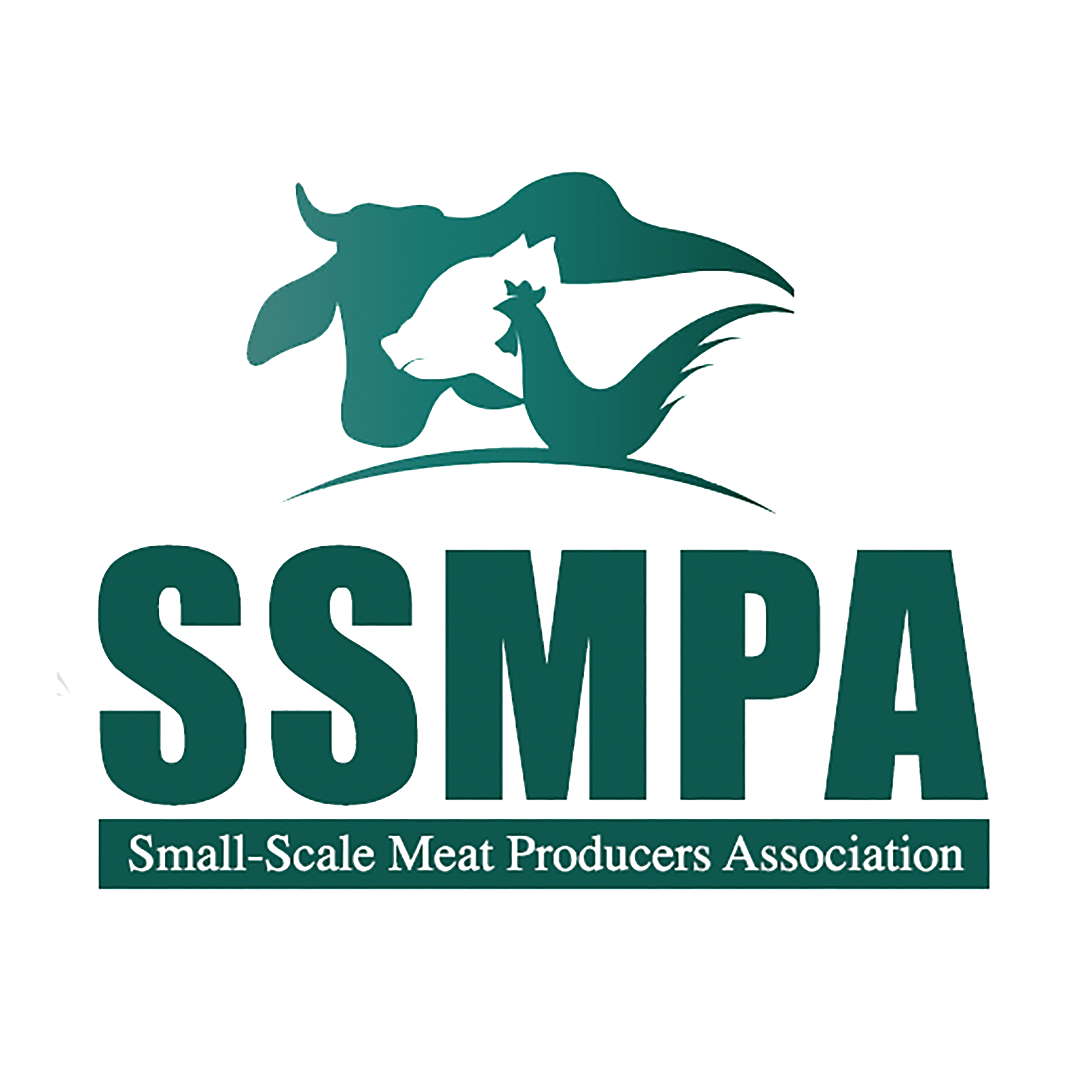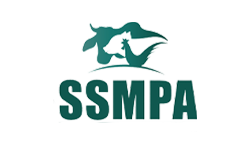
In the September 2020 Intentions Paper on Rural Slaughter Modernization, the Ministry of Agriculture made reference to a 2009 Risk Assessment:
“Ministry of Agriculture will undertake a risk assessment project to support development options for rural meat production. The work will update an assessment from 2009 and will inform all aspects of food safety policy to lower risk and improve efforts to prevent food-borne illnesses such as those related to salmonella in poultry.”
MINISTRY OF AGRICULTURE 2020 INTENTIONS PAPER
The Small-Scale Meat Producers Association requested a copy of the 2009 risk assessment to aid in the development of an informed response on behalf of our members. We were not able to obtain this document directly from either the Ministry of Agriculture or the Ministry of Health before the deadline for feedback and we proceeded without it. Following a lengthy Freedom of Information request process, we were able to obtain the document in February 2021.
Link to full document: The Application a Risk Management Framework in Support of Policy Development for Meat Safety in Rural Remote BC
The 2009 risk assessment was undertaken by a veterinary epidemiologist using “Risk Ranger,” a food safety risk profiling tool. It is dated November 24th, 2009 but was never published and is marked “Confidential” on every page when we received it.
The Introduction outlines the risk analysis process which is made up of three elements: risk assessment, risk management and risk communication. It details the application of a risk management framework in support of policy development for meat safety in rural and remote BC and includes two schematic diagrams.
The Hazard Identification and Characterization section identifies Salmonella, E.Coli and Campylobacter as the most common causes of food-borne illness and provides more information about each of these pathogens including how infection presents in humans, transmission and key carriers.
In Exposure Assessment and Risk Characterization, various factors are considered including:
- Slaughter scale
- Animal husbandry systems
- Pre-slaughter stress
- Machinery/equipment
- Hygiene and sanitation
The following key assumptions are outlined:
- Potable water
- Small scale slaughter in remote and isolated regions
- Some form of the cooling system is available to cool the carcass
- Pest control is practiced
- Cleaning and disinfection of tools
- Personal hygiene
Risk Ranger was used to calculating the risk-based on 3 scenarios: using Literature values (based on research conducted in big scale slaughterhouses), small-scale on-farm slaughterhouses, and inadequate cooking (an unlikely situation where cooking does not eliminate the hazard). The results are shown in Table 8 and show that the risk of illness due to eating well-cooked meat is low given the previously mentioned assumptions. In fact, the risk appears to be lower in small-scale on-farm slaughter than in large-scale facilities.
More detailed exposure assessment tables are provided for beef, pork, and chicken under small scale, on-farm slaughter conditions including data for each processing step (rearing, transportation, lairage, stunning, dehairing/defeathering, bleeding/skinning, evisceration, splitting/trimming, washing, chilling, cutting/packaging, cooling/freezing, and cooking) through an analysis of activity and equipment used, risk reduction process/comments, and Risk Ranger input. Schematic presentations are included for the processing of beef, pork, and chicken.
The Conclusion of the report states:
“Through the use of the data where it is available and the application of estimates based on conservative assumptions where it is not, we are able to ascertain that, with the incorporation of baseline expectations regarding sanitation, and the use of a defined slaughter process appropriate to small scale operations, we did not demonstrate an inherently increased risk associated with the meat produced through these methods of slaughter.”
A list of 30 references is included.


